Standard Form
Over some time, standard forms have been developed for these equations. There's a reason why. But I'll get to that in a moment.
The usual 1st order low-pass standard forms for your case is:
$$G_s=K\frac{\omega_{_0}}{s+\omega_{_0}}=K\frac{1}{1+\frac{s}{\omega_{_0}}}$$
Here, \$K\$ is the gain and \$\omega_{_0}\$ is the cutoff frequency. Either form is often used, though at this point the right form has \$K\$ in exactly one place and \$\omega_{_0}\$ in exactly one place, so that may be nicer. However, when you get to a 2nd order standard form then there becomes a reason to hold more towards the left form. But that's for another time.
Whichever you use, if you set \$\omega_{_0}=1\$ and \$K=1\$ then you get:
$$G_s=\frac1{1+s}$$
If you study this one for all values of \$s=j\,\omega\$ (setting \$\sigma=0\$ to ignore the exponential part and to instead focus only on the frequency behavior), then you know the behavior of all such 1st order low-pass filters. All you have to do is scale the plot for \$\omega_{_0}\$, when you decide to care about it. But you do not have to study it for all \$\omega_{_0}\$ because there's no real difference except a shift. The curves all look identical. (Similarly for \$K\$, which is just a gain factor -- the curves are essentially the same when you study the \$K=1\$ case.)
So your goal is to put your transfer function into standard form.
Your Case
I like the fact that you attempted this several different ways. That's an important practice. Keep that up. I liked your approach using the two resistors as a divider to help simplify the problem. But let me take a somewhat different approach just to add to what you already did.
I prefer to not use \$j\,\omega\$ but to always use \$s\$. It's just less writing. But it is also more general. I can always decide that \$\sigma=0\$ and then it reduces to what you did. But why go to all the trouble of writing out two symbols when one is good enough and is less work?
Let's just treat \$R_\text{L}\$ in parallel with \$C\$ to create \$Z_\text{L}\$. Then we can still use the divider approach. We have \$Z_\text{L}=R_\text{L}\mid\mid C=\frac{R_\text{L}\,\frac1{s\,C}}{R_\text{L}+\frac1{s\,C}}\$. So:
$$\begin{align*}
G_s&=\frac{Z_\text{L}}{Z_\text{L}+R}=\frac{\frac{R_\text{L}\,\frac1{s\,C}}{R_\text{L}+\frac1{s\,C}}}{\frac{R_\text{L}\,\frac1{s\,C}}{R_\text{L}+\frac1{s\,C}}+R}\cdot\frac{R_\text{L}+\frac1{s\,C}}{R_\text{L}+\frac1{s\,C}}=\frac{R_\text{L}\,\frac1{s\,C}}{R_\text{L}\,\frac1{s\,C}+R\left(R_\text{L}+\frac1{s\,C}\right)}\\\\
&=\frac{R_\text{L}}{R_\text{L}+R\left(R_\text{L}\,C\,s+1\right)}\cdot\frac{\frac1{R_\text{L}\,R\,C}}{\frac1{R_\text{L}\,R\,C}}=\frac{\frac1{R\,C}}{s+\frac1{C}\left(\frac1{R_\text{L}}+\frac1{R}\right)}\\\\
&=\frac{\frac1{R\,C}}{s+\frac1{\left(R_\text{L}\mid\mid R\right)\,C}}
\end{align*}$$
You can set \$\alpha_{_0}=\frac1{R\,C}\$ and \$\omega_{_0}=\frac1{\left(R_\text{L}\mid\mid R\right)\,C}\$ to get \$G_s=\frac{\alpha_{_0}}{s+\omega_{_0}}\$. But \$K\$ is missing there and we'd like to extract that because it is really nice to know what it is. Since we know that \$\alpha_{_0}=K\,\omega_{_0}\$, it follows that \$K=\frac{\alpha_{_0}}{\omega_{_0}}=\frac{R_\text{L}}{R_\text{L}+R}\$, which is just that resistor divider network!
So,
$$G_s=K\frac{\omega_{_0}}{s+\omega_{_0}}=\left[\frac{R_\text{L}}{R_\text{L}+R}\right]\frac{\omega_{_0}}{s+\omega_{_0}}=\left[\frac{R_\text{L}}{R_\text{L}+R}\right]\frac{1}{1+\frac{s}{\omega_{_0}}}$$
You can recover your form (which is definitely not standard) by replacing \$\omega_{_0}\$ and multiplying by \$\frac{R}{R}\$:
$$\begin{align*}
G_s&=\left[\frac{R}{R}\right]\left[\frac{R_\text{L}}{R_\text{L}+R}\right]\frac{1}{1+\frac{R_\text{L}\,R}{R_\text{L}+R}\,C\,s}\\\\
&=\left[\frac{1}{R}\right]\left[\frac{R_\text{L}\,R}{R_\text{L}+R}\right]\frac{1}{1+\frac{R_\text{L}\,R}{R_\text{L}+R}\,C\,s}\\\\
&=\left[\frac{1}{R}\right]\frac{R^{'}}{1+R^{'}\,C\,s}
\end{align*}$$
So you are right.
But you should get into the practice of putting things into standard form. It's more quickly readable for meaning.
